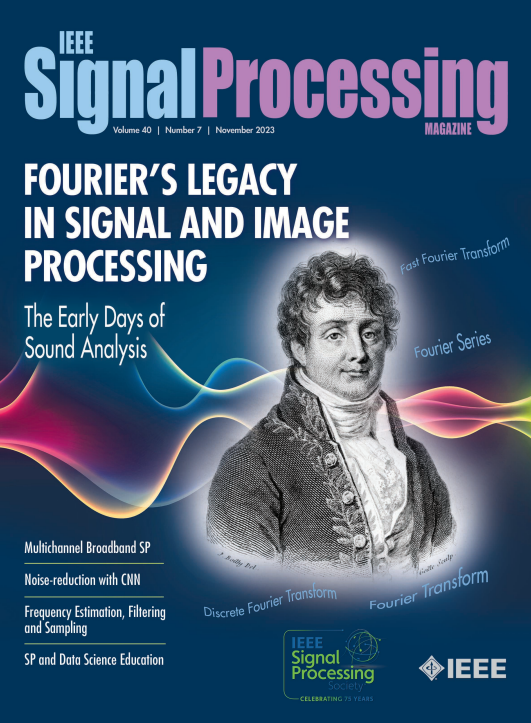Artificial Intelligence-Aided Kalman Filters: AI-Augmented Designs for Kalman-Type Algorithms
IF 9.6
1区 工程技术
Q1 ENGINEERING, ELECTRICAL & ELECTRONIC
引用次数: 0
Abstract
The Kalman filter (KF) and its variants are among the most celebrated algorithms in signal processing. These methods are used for state estimation of dynamic systems by relying on mathematical representations in the form of simple state-space (SS) models, which may be crude and inaccurate descriptions of the underlying dynamics. Emerging data-centric artificial intelligence (AI) techniques tackle these tasks using deep neural networks (DNNs), which are model agnostic. Recent developments illustrate the possibility of fusing DNNs with classic Kalman-type filtering, obtaining systems that learn to track in partially known dynamics. This article provides a tutorial-style overview of design approaches for incorporating AI in aiding KF-type algorithms. We review both generic and dedicated DNN architectures suitable for state estimation and provide a systematic presentation of techniques for fusing AI tools with KFs and for leveraging partial SS modeling and data, categorizing design approaches into task oriented and SS model oriented. The usefulness of each approach in preserving the individual strengths of model-based KFs and data-driven DNNs is investigated in a qualitative and quantitative study (whose code is publicly available), illustrating the gains of hybrid model-based/data-driven designs. We also discuss existing challenges and future research directions that arise from fusing AI and Kalman-type algorithms.人工智能辅助卡尔曼滤波器:卡尔曼型算法的人工智能增强设计
卡尔曼滤波(KF)及其变体是信号处理中最著名的算法之一。这些方法用于动态系统的状态估计,依赖于简单状态空间(SS)模型形式的数学表示,这可能是对底层动态的粗糙和不准确的描述。新兴的以数据为中心的人工智能(AI)技术使用与模型无关的深度神经网络(dnn)来解决这些任务。最近的发展说明了将深度神经网络与经典卡尔曼滤波融合的可能性,从而获得在部分已知动态中学习跟踪的系统。这篇文章提供了一个教程式的设计方法概述,将人工智能纳入辅助kf类型算法。我们回顾了适合状态估计的通用和专用DNN架构,并提供了将AI工具与KFs融合的技术,以及利用部分SS建模和数据的技术,将设计方法分类为面向任务和面向SS模型。在一项定性和定量研究(其代码是公开的)中,研究了每种方法在保留基于模型的kf和数据驱动的dnn的个人优势方面的有用性,说明了基于模型/数据驱动的混合设计的收益。我们还讨论了人工智能与卡尔曼算法融合所面临的挑战和未来的研究方向。
本文章由计算机程序翻译,如有差异,请以英文原文为准。
求助全文
约1分钟内获得全文
求助全文
来源期刊

IEEE Signal Processing Magazine
工程技术-工程:电子与电气
CiteScore
27.20
自引率
0.70%
发文量
123
审稿时长
6-12 weeks
期刊介绍:
EEE Signal Processing Magazine is a publication that focuses on signal processing research and applications. It publishes tutorial-style articles, columns, and forums that cover a wide range of topics related to signal processing. The magazine aims to provide the research, educational, and professional communities with the latest technical developments, issues, and events in the field. It serves as the main communication platform for the society, addressing important matters that concern all members.
 求助内容:
求助内容: 应助结果提醒方式:
应助结果提醒方式:


